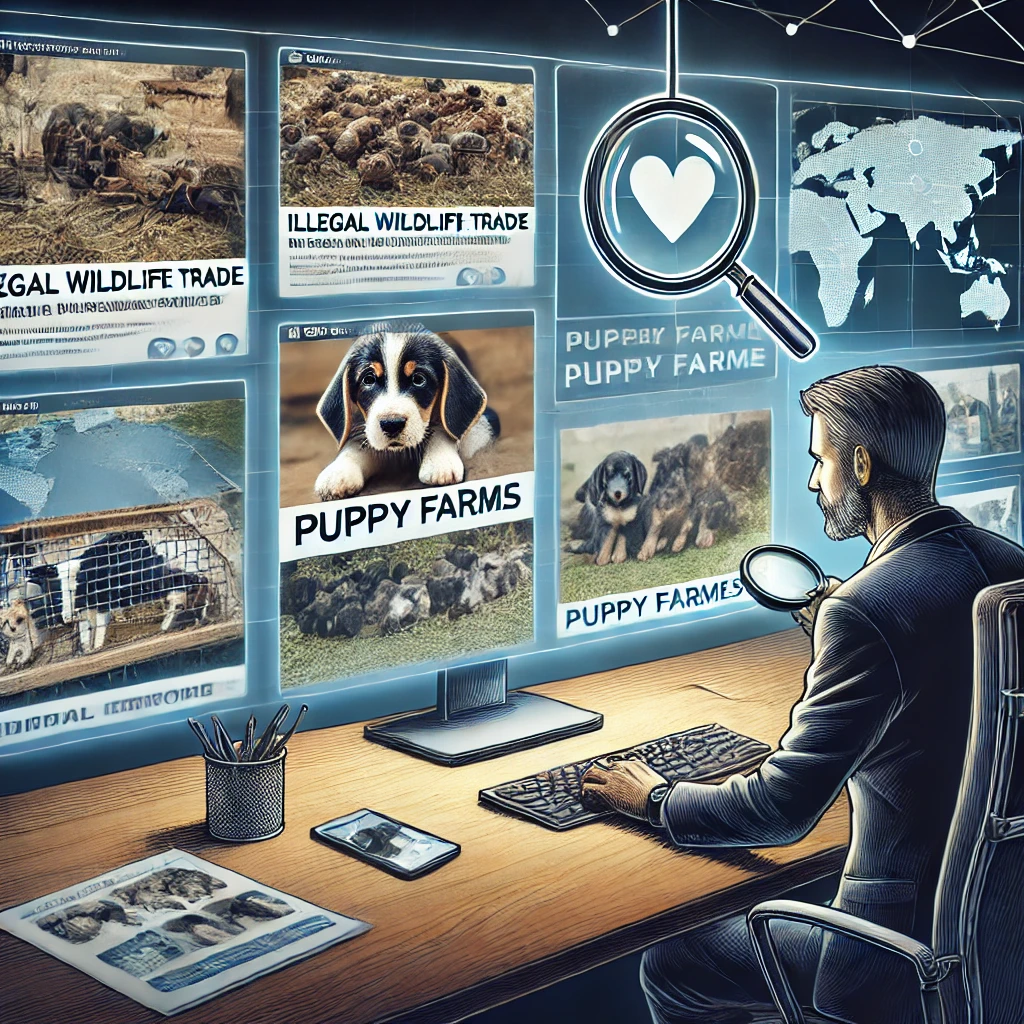 The Surprising Connections Between Social Media Activity and Personal Safety
The Surprising Connections Between Social Media Activity and Personal Safety
Social media has revolutionized how we connect, share, and interact with the world. From posting about daily activities to sharing life milestones, our digital presence often reflects our real lives. However, this constant stream of online activity can also create vulnerabilities. Understanding the connections between social media behaviour and personal safety is critical in today’s hyper-connected world.
How Social Media Activity Can Impact Personal Safety
1. Oversharing: A Roadmap for Malicious Actors
Sharing too much personal information on social platforms can inadvertently provide malicious individuals with insights into your daily life. For example:
- Real-time updates: Posting your location in real-time can alert potential stalkers or burglars when you’re away from home.
- Personal details: Sharing birthdates, addresses, or family members’ names can help identity thieves or scammers piece together sensitive information.
2. Geotagging: Revealing Your Location
Geotagging adds a location to your posts, often without much thought. However, these tags can:
- Pinpoint your regular hangouts or workplace.
- Reveal your travel habits, such as frequent commutes or vacation schedules.
3. Public Profiles: Easy Access to Personal Data
Many social media users keep their profiles public, allowing anyone to view their posts, photos, and information. This lack of privacy settings increases exposure to risks like:
- Cyberstalking.
- Phishing attempts.
- Unwanted contact or harassment.
Examples of Social Media Risks in Action
Case 1: The Vacation Post
A family posts vacation photos on social media, announcing they’re away for a week. A burglar then uses this information to target their empty home.
Case 2: The “Fun Quiz” Trap
When people participate in a popular quiz, they often ask questions like the name of their first pet or favourite teacher. This information is frequently used as security questions for online accounts, and scammers can exploit this data for hacking purposes.
Case 3: The Tagged Event
Attending an event with friends and tagging them in posts might reveal your and their locations, exposing your entire group to potential risks.
Tips for Safeguarding Personal Safety on Social Media
1. Control Your Privacy Settings
- Regularly review privacy settings on platforms like Facebook, Instagram, and Twitter.
- Limit your audience to trusted friends and family.
2. Think Before You Post
- Delay posting about trips or events until after they’ve ended.
- Avoid sharing sensitive information like home addresses or financial details.
3. Use Geotags Sparingly
- Turn off location services for social media apps unless necessary.
- Be cautious about tagging locations, especially while travelling or at home.
4. Monitor Your Digital Footprint
- Regularly search your name on search engines to see what’s publicly available.
- Use tools like Google Alerts to track mentions of your name or content.
5. Educate Yourself and Others
- Stay informed about common online threats and how to mitigate them.
- Share safety tips with friends and family who may be less tech-savvy.
The Double-Edged Sword of Social Media
While social media connects us in incredible ways, it’s essential to understand the trade-offs. Every post, tag, and update contributes to a larger picture of who you are—a picture that can be exploited if not carefully managed. By adopting mindful social media habits, you can enjoy the benefits of these platforms while minimizing risks to your safety.
Final Thoughts
Your digital presence is an extension of your real life. You can reduce vulnerabilities and enhance your personal safety by taking simple steps to protect your online activity. Social media should be a tool for connection and joy, not a gateway to risk. Take control of your digital footprint today to safeguard your future.



